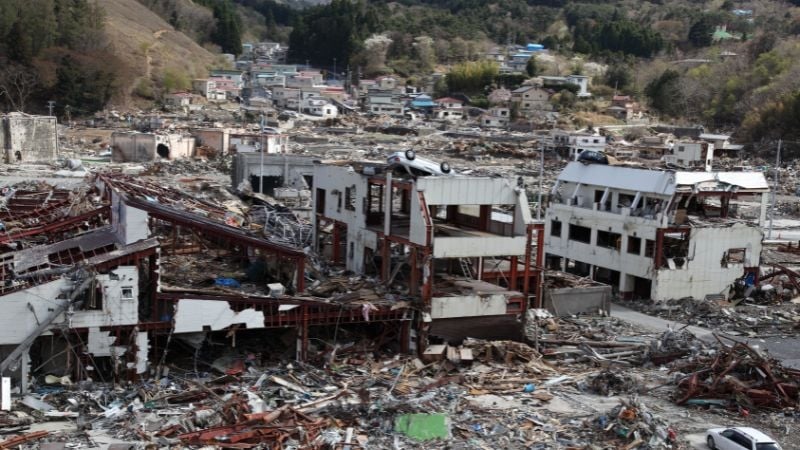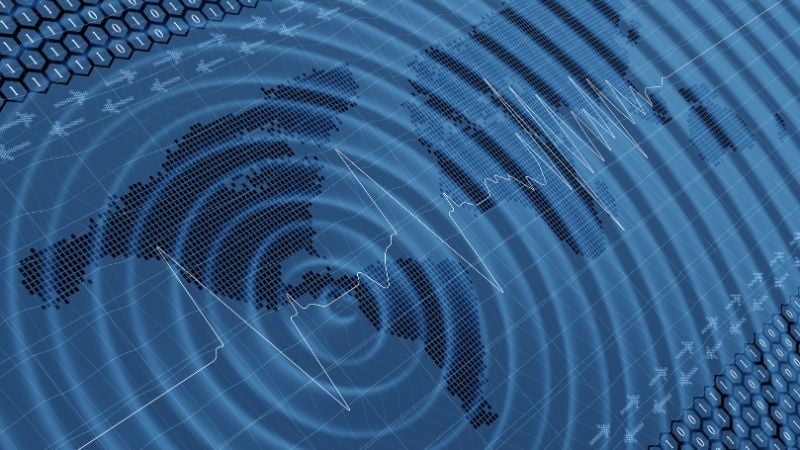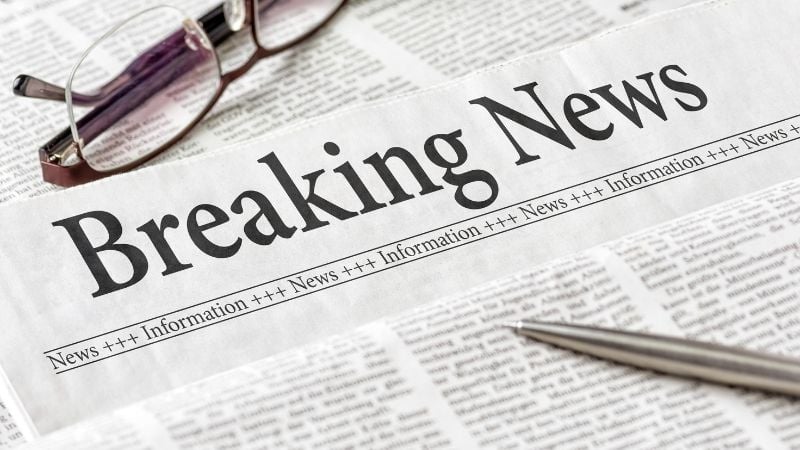Japan is once again in the spotlight due to increasing seismic activity near the Nankai Trough, a tectonic boundary long associated with some of the country’s most devastating earthquakes.
Recent weeks have seen over a thousand tremors rattling the Japanese islands, sparking renewed concern about the possibility of a “megaquake.” As media coverage and public anxiety intensify, it is crucial to understand what this warning truly means, what risks are involved, and how individuals can respond responsibly.
What is the megaquake?

Image credit: enase via Canva Pro
The term “megaquake” refers to an exceptionally powerful earthquake, typically with a magnitude of 8.0 or higher. Japan’s Nankai Trough, located off the country’s south-central coast, is where the Philippine Sea Plate subducts beneath the Eurasian Plate. This geological setup makes it prone to generating enormous earthquakes roughly every 100 to 150 years.
Historically, megaquakes originating from this trough have caused catastrophic damage. For example, the 1946 Nankai earthquake, which registered a magnitude 8.1, resulted in significant loss of life and widespread destruction, including tsunamis that struck coastal areas.
Recent seismic activity: What’s happening now?

Image credit: Vertigo3d via Canva Pro
Japan recently experienced more than 1,000 earthquakes in the span of 2 weeks, a dramatic uptick compared to usual background seismic activity. These tremors vary in intensity but collectively indicate that tectonic stress along the Nankai Trough is increasing.
The Japan Meteorological Agency (JMA) and other scientific bodies are actively tracking these events, distinguishing between aftershocks, foreshocks, and unrelated quakes.
Although some of the recent tremors may be precursors to a larger event, it is important to note that earthquake prediction remains an inexact science. Seismologists cannot yet definitively say when, or if, a megaquake will occur, but the current pattern calls for heightened vigilance.
Why is there a rising concern now?

Image credit: Zerbor via Canva Pro
The surge in seismic activity has drawn significant media attention worldwide, often accompanied by alarming headlines. Concerns surged even further in July, when an old manga, The Future I Saw (Watashi ga Mita Mirai), resurfaced online. The comic predicted a catastrophic earthquake and tsunami striking around 5 July 2025, and its coincidental timing with real tremors led to viral speculation.
Additionally, Japan’s collective memory of past disasters, including the 2011 Tōhoku earthquake and tsunami, makes the public understandably cautious. Scientific warnings from authorities, even when measured and factual, can sometimes be misinterpreted or sensationalised.
So what is the actual risk?
It is essential to balance concern with facts. While the probability of a megaquake along the Nankai Trough in the coming years is considered significant by experts, the exact timing and magnitude remain unpredictable.
If a megaquake does strike, expected risks include severe shaking, extensive structural damage, and potentially devastating tsunamis impacting coastal communities. Japan’s government and disaster management agencies have prepared detailed response plans and invested heavily in infrastructure designed to withstand strong earthquakes.
The real danger isn’t only the seismic risk itself, but also the spread of misinformation. Viral rumours and sensational headlines can spark unnecessary panic, overshadowing reliable guidance from scientists and authorities.
Responding responsibly

Image credit: Africa images via Canva Pro
The best response to such warnings is preparedness coupled with calm. Individuals and families in Japan should ensure they have emergency kits with essentials such as water, food, medicines, and communication devices. Familiarity with evacuation routes and participation in local earthquake drills can save lives.
Authorities urge the public to rely on official channels like the Japan Meteorological Agency for accurate, timely information rather than rumours or unverified social media posts.
For travellers and expatriates, registering with embassies and understanding local emergency procedures is advisable. Staying informed and practising personal readiness are the most effective ways to mitigate risk without succumbing to panic.
Conclusion
Japan’s increased seismic activity near the Nankai Trough is a reminder of the country’s ongoing geological challenges. While the possibility of a megaquake is a serious matter warranting attention, the best approach is measured and informed preparedness.
Thanks to continued monitoring, investment in disaster‑resilient infrastructure, and public education efforts, Japan is better prepared than in the past, though the unpredictability of earthquakes means some risk will always remain.
Staying calm, well-informed, and prepared ensures that communities can navigate this threat together with resilience and care.





